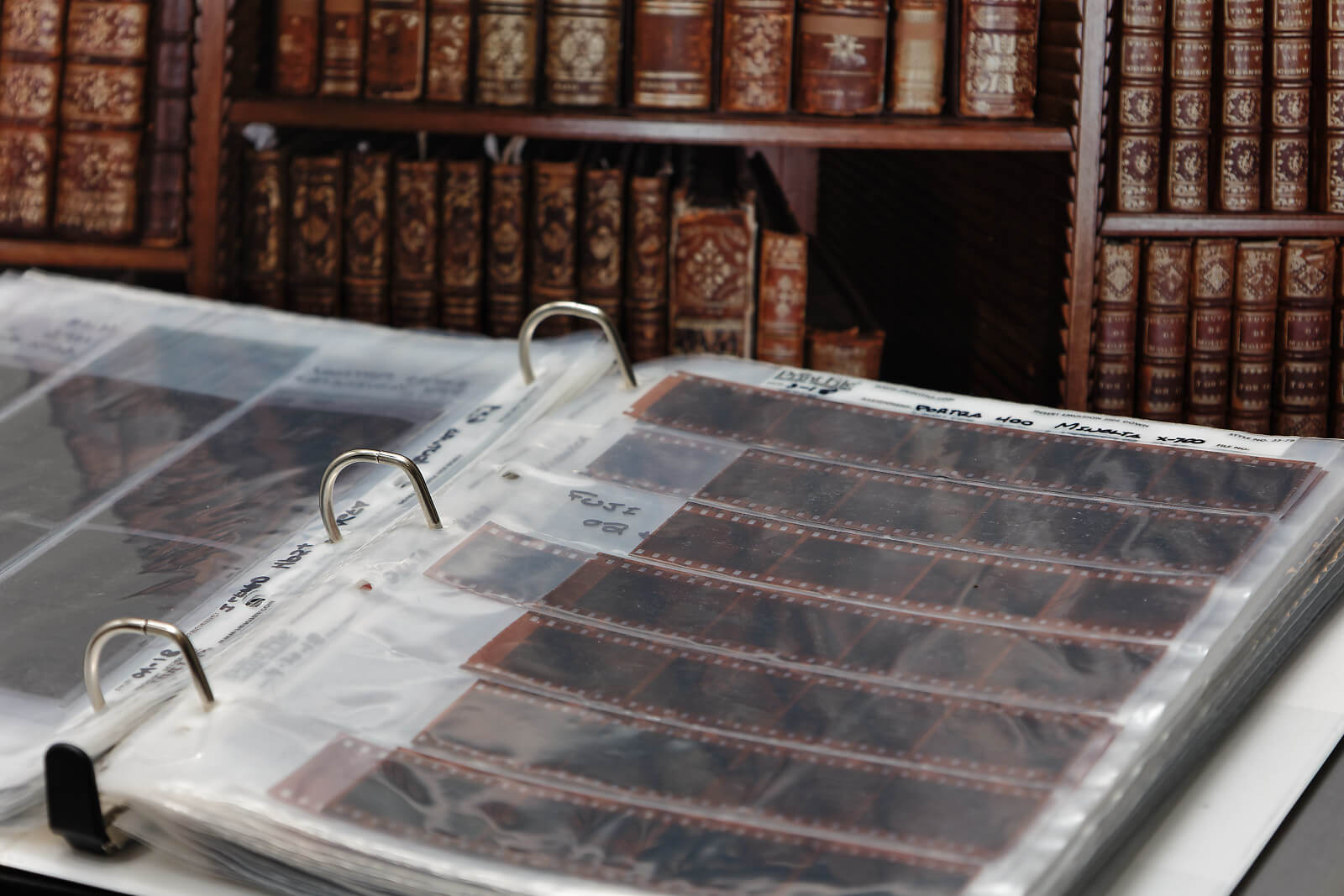

Articles
How To Store Film Negatives
Modified: December 7, 2023
Learn the best methods for storing film negatives in this informative article. Preserve your precious memories for years to come with these practical tips and techniques.
(Many of the links in this article redirect to a specific reviewed product. Your purchase of these products through affiliate links helps to generate commission for Storables.com, at no extra cost. Learn more)
Introduction
Film negatives are a cherished medium for capturing moments and preserving memories. Whether you are an avid film photographer or have stumbled upon a box of old negatives, proper storage is crucial to ensure their longevity. In this article, we will explore the importance of storing film negatives, the steps you should take to prepare them for storage, choosing the right storage options, handling and cleaning techniques, and tips for long-term storage. Let’s dive in and discover how to store film negatives effectively.
Key Takeaways:
- Preserve your cherished film negatives by handling with clean hands, inspecting for damage, and choosing archival storage options. Maintain a stable, cool, and dry environment for long-term preservation.
- Digitize your film negatives for extra protection and easy access. Handle with care, avoid liquids for cleaning, and store flat to ensure the longevity of your analog treasures.
Read more: How To Store Film
Understanding Film Negatives
Before we delve into the intricacies of storing film negatives, it’s important to understand what they are and why they are so valuable. Film negatives are sheets of film that contain the inverse image of the photograph captured by the camera. They are an essential part of the traditional film photography process, where the negative is used to create prints or digital scans.
Compared to digital images, film negatives have a unique charm and character. They offer a tangible and authentic representation of the captured scene. Additionally, film photography enthusiasts appreciate the challenges and restrictions that come with shooting on film, which adds a sense of artistry and nostalgia.
Furthermore, film negatives hold sentimental value for many individuals. They may contain precious memories, family history, or important artistic work. Preserving these negatives ensures that these moments and achievements can be cherished and shared for years to come.
Understanding the significance of film negatives underscores the need for proper storage. Neglecting their care can lead to degradation, loss of image quality, or even irreversible damage. Fortunately, with the right techniques and tools, you can ensure the preservation of your film negatives.
Preparation for Storage
Before you begin storing film negatives, it’s important to properly prepare them. This preparation process helps extend their lifespan and protects them from potential damage. Here are some essential steps to follow:
- Handle with clean hands: Before handling your film negatives, make sure your hands are clean and dry. Oils, dirt, and moisture can leave marks or stains on the negatives, so it’s crucial to keep them pristine.
- Inspect for damage: Take a close look at each film negative and check for any signs of damage, such as scratches, tears, or chemical stains. It’s best to address any issues before storing them to prevent further deterioration.
- Remove fingerprints and dust: Use a soft, lint-free cloth or specialized film cleaning tools to gently wipe away any fingerprints or dust particles from the negatives. Avoid applying excessive pressure, as it can cause damage.
- Organize and label: If you have multiple film negatives, consider organizing them in a logical manner and labeling them. This helps you easily locate specific negatives in the future without the risk of mishandling others while searching.
Following these preparation steps ensures that your film negatives are in the best possible condition before storing them. Now that you have prepared your negatives, it’s time to explore the various storage options available.
Choosing the Right Storage Options
When it comes to storing film negatives, it’s important to select the right storage options that provide adequate protection and preservation. Here are a few options to consider:
- Negative sleeves or archival sheets: A popular choice for storing film negatives is using negative sleeves or archival sheets. These transparent sheets have pockets designed to hold individual negatives, keeping them separate and protected from scratches and dust. Look for sleeves made from archival-quality materials to ensure long-term preservation.
- Archival boxes: Another option is to store your negatives in archival boxes. These boxes are specifically designed to protect negatives from light, dust, and humidity. They come in various sizes to accommodate different quantities of negatives. Make sure the boxes are acid-free and archival-grade for optimal storage conditions.
- Cool, dry, and dark environment: Regardless of the storage option you choose, it’s important to keep your film negatives in a cool, dry, and dark environment. Exposure to high temperatures, humidity, and sunlight can cause damage and deterioration. Consider storing them in a closet, cabinet, or dedicated storage area away from direct sunlight and extreme temperature fluctuations.
- Backup copies: While physical storage is essential, it’s also prudent to create digital backups of your film negatives. Scan your negatives using a high-quality film scanner and store the digital files on multiple devices or cloud storage. This ensures that even if your physical negatives are lost or damaged, you still have digital copies as a backup.
Remember, choosing the right storage options is crucial for preserving the integrity of your film negatives. Invest in high-quality archival materials and maintain the appropriate storage conditions to ensure their longevity.
Store film negatives in archival quality sleeves or envelopes to protect them from dust, moisture, and scratches. Keep them in a cool, dry, and dark environment to prevent deterioration.
Handling and Cleaning Film Negatives
Proper handling and cleaning of film negatives are essential to maintain their quality and prevent damage. Follow these guidelines to ensure safe handling and effective cleaning:
- Handle with care: When handling film negatives, always hold them by the edges to avoid touching the emulsion side—the side with the image. Oils, fingerprints, and residue from your hands can leave marks on the negatives, so handle them with clean, dry hands or wear lint-free gloves.
- Cleaning tools: Use specialized tools designed for cleaning film negatives, such as a film squeegee or a film cleaning brush. These tools are gentle on the negatives and help remove dust and debris without causing damage.
- Compressed air: If the film negatives have accumulated dust or small particles, you can use compressed air to blow away the debris. Hold the can of compressed air at a safe distance from the negatives to avoid any direct impact on them.
- Never use liquids: Avoid using liquids, especially water, to clean your film negatives. Water can cause irreversible damage, including emulsion swelling or even complete loss of the image. Stick to dry cleaning methods to preserve the integrity of the negatives.
- Prevent scratching: When removing dust or debris from the negatives, be cautious to avoid scratching the surface. Use gentle, sweeping motions with the cleaning tool and avoid applying excessive pressure. Always inspect the tool for any particles or debris that could scratch the negatives before use.
- Avoid excessive cleaning: While it’s important to keep your film negatives clean, avoid excessive cleaning. Excessive handling and cleaning can increase the risk of damage or introduce new particles to the negatives. Only clean them when necessary or if you notice visible dust or debris affecting the image quality.
By following these guidelines, you can ensure that you handle and clean your film negatives properly, minimizing the risk of damage and preserving their quality for years to come.
Read more: How To Store Film Rolls
Storing Film Negatives Long-Term
Proper long-term storage is crucial to ensure the preservation of your film negatives. Follow these tips to maintain the quality and integrity of your negatives over time:
- Choose a stable environment: Select a storage location that maintains a stable environment. Avoid areas prone to extreme temperature fluctuations, high humidity, or direct sunlight. Ideally, the storage area should have a consistent temperature between 60-70°F (15-21°C) and a relative humidity of 30-50%.
- Avoid damaging elements: Keep your film negatives away from damaging elements such as acidic materials, strong chemicals, magnetic fields, and excessive moisture. These factors can accelerate degradation and result in irreversible damage to the negatives.
- Regularly inspect your storage: Periodically check your storage area for any signs of moisture, pests, or damage. This allows you to address any potential issues before they cause harm to your film negatives.
- Backup your negatives: In addition to physical storage, consider creating digital backups of your film negatives. Scan your negatives using a high-quality film scanner and save the digital files on multiple devices or cloud storage. This provides an extra layer of protection in case of loss or damage to the physical negatives.
- Keep negatives flat: When storing your film negatives, keep them flat to prevent them from curling or warping. If using negative sleeves or archival sheets, place them in boxes or archival binders to maintain their flat position. Avoid stacking heavy objects on top of the negatives, as it can cause damage.
- Handle with care during access: When you need to access your film negatives, handle them with care. Follow the proper handling guidelines mentioned earlier and avoid bending, folding, or excessively touching the negatives. The less you handle them, the lower the risk of damage.
By implementing these practices, you can ensure that your film negatives are stored safely and preserved for future generations to enjoy. Remember, proper storage is a key component in maintaining the quality and longevity of your film negatives.
Frequently Asked Questions (FAQs)
1. How should film negatives be stored?
Film negatives should be stored in a cool, dry, and dark environment. Consider using archival sleeves, boxes, or binders specifically designed for negative storage. Keep them flat and away from damaging elements such as moisture, sunlight, and chemicals.
2. Can I store film negatives in plastic sleeves?
Yes, you can store film negatives in plastic sleeves, but it is crucial to use archival-quality sleeves specifically designed for negative storage. Regular plastic sleeves may contain chemicals that can damage the negatives over time. Choose sleeves made from acid-free, archival-grade materials.
3. How often should I inspect my stored film negatives?
It is recommended to inspect your stored film negatives periodically, at least once or twice a year. Check for any signs of moisture, pests, or damage. Regular inspections allow you to address any potential issues and ensure the long-term preservation of your negatives.
4. Should I digitize my film negatives?
Digitizing your film negatives is an excellent way to create backup copies and facilitate easy viewing and sharing. Use a high-quality film scanner to digitize your negatives, ensuring accurate color reproduction and resolution. You can store the digital files on multiple devices or cloud storage for extra protection.
5. How long can film negatives last in proper storage?
If stored properly, film negatives can last for several decades or even longer. Archival storage materials and a stable environment play a crucial role in preserving their longevity. Regular inspections and proper handling are also important in ensuring their continued quality over time.
6. Can I clean my film negatives with water?
No, it is not recommended to clean film negatives with water or any other liquids. Water can cause irreversible damage to the emulsion and result in the loss of the image. Stick to dry cleaning methods using specialized tools designed for negative cleaning.
7. Can I store film negatives in the refrigerator or freezer?
While storing film negatives in the refrigerator or freezer can help slow down degradation, it is not recommended for long-term storage. The moisture and fluctuating temperatures in these environments can potentially cause damage to the negatives. It’s best to store them in a stable, cool, and dry environment.
8. What is the best way to organize and label film negatives?
Organize film negatives in a logical and systematic manner based on your preference. You can organize them chronologically, by subject, or any other criteria that suits your needs. Label each negative or storage container with relevant information such as date, location, or event to easily locate specific negatives in the future.
9. Can I still use film negatives that have been damaged?
If your film negatives have minor damage such as small scratches or tears, they may still be usable for scanning or printing. However, extensive damage or chemical stains may affect the image quality significantly. It’s best to seek professional assistance if you have valuable damaged negatives that you wish to recover.
10. Can film negatives degrade over time?
Yes, film negatives can degrade over time if not stored properly. Factors such as temperature, humidity, light exposure, and poor handling can contribute to degradation. Storing your negatives in archival-quality materials and maintaining optimal storage conditions will help minimize degradation and ensure their longevity.
Remember that each film negative is unique, and if you have any specific concerns or questions about storing your particular negatives, it’s always best to consult with a professional archivist or conservator.
Conclusion
Proper storage is vital for preserving the quality and longevity of your film negatives. By understanding the value of film negatives and following the necessary steps, you can effectively store and protect these cherished memories for years to come.
Start by preparing your film negatives, handling them with clean hands, inspecting for damage, and removing fingerprints or dust. Choose the right storage options, such as archival sleeves or boxes, that provide protection from light, dust, and humidity. Keep your storage environment stable, cool, and dry, while regularly inspecting for any issues.
When handling and cleaning film negatives, remember to be cautious, use specialized tools, and avoid liquids that can damage the emulsion. Store your negatives flat and handle them with care to prevent bending or scratching.
Lastly, consider digitizing your film negatives as an extra layer of protection and ease of access. Create backup copies and store them in different locations or in the cloud.
In conclusion, with the right knowledge and care, you can ensure the preservation and longevity of your film negatives. By following the guidelines outlined in this article, you can continue to enjoy and share the memories captured in these beautiful analog treasures.
Frequently Asked Questions about How To Store Film Negatives
Was this page helpful?
At Storables.com, we guarantee accurate and reliable information. Our content, validated by Expert Board Contributors, is crafted following stringent Editorial Policies. We're committed to providing you with well-researched, expert-backed insights for all your informational needs.
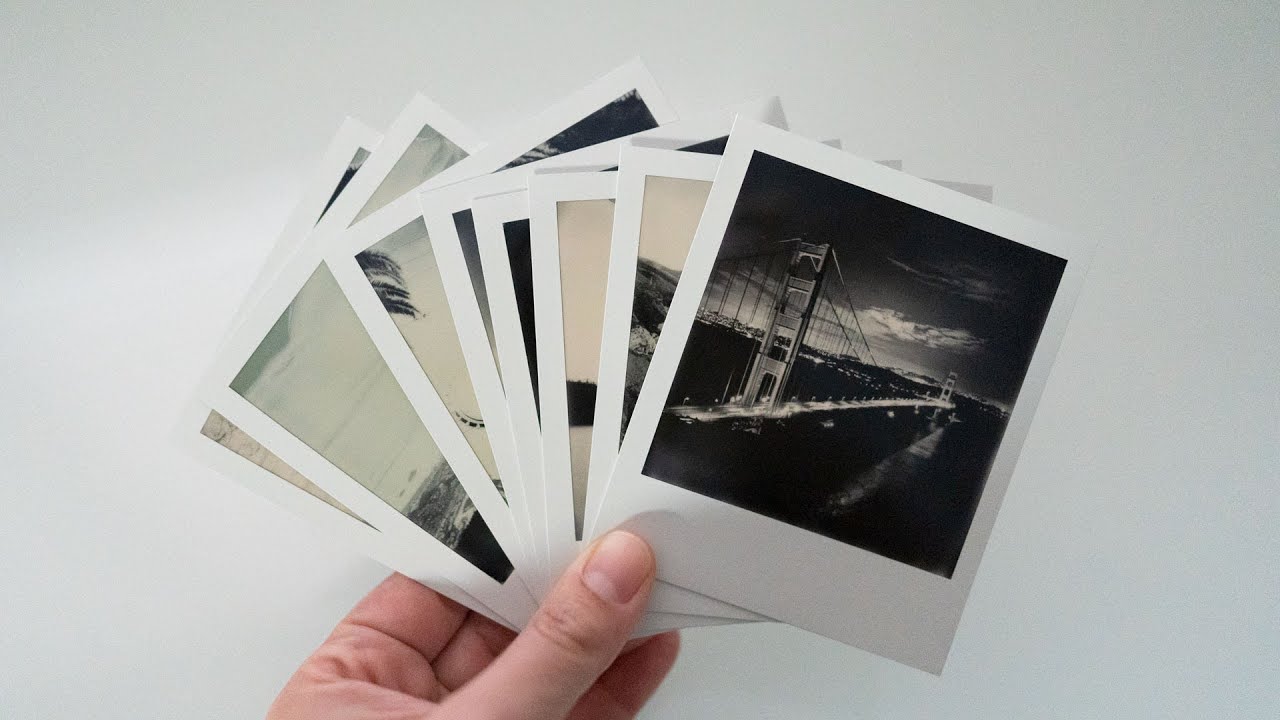
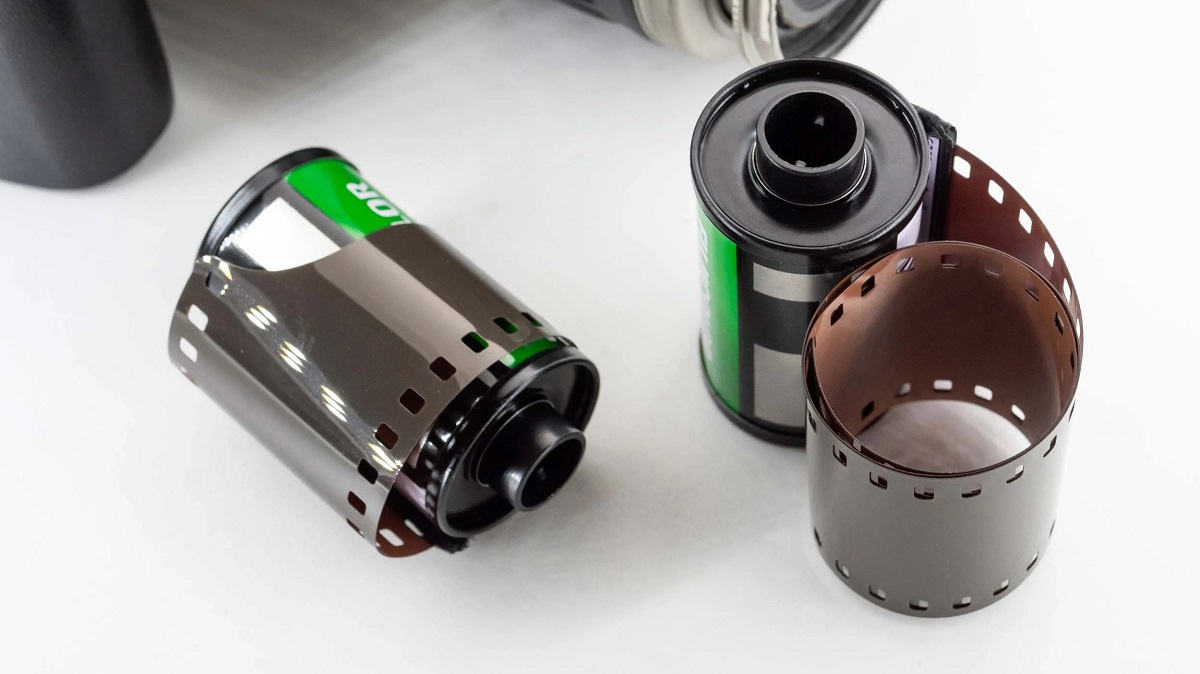
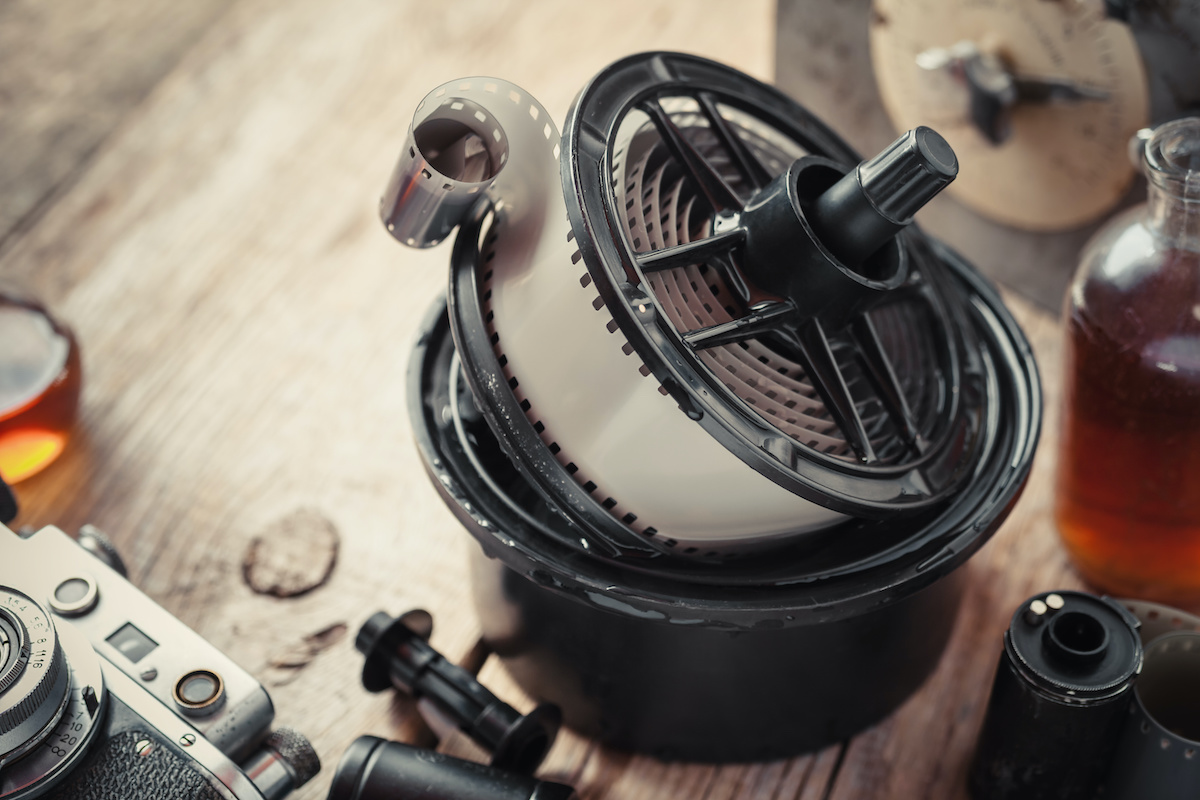
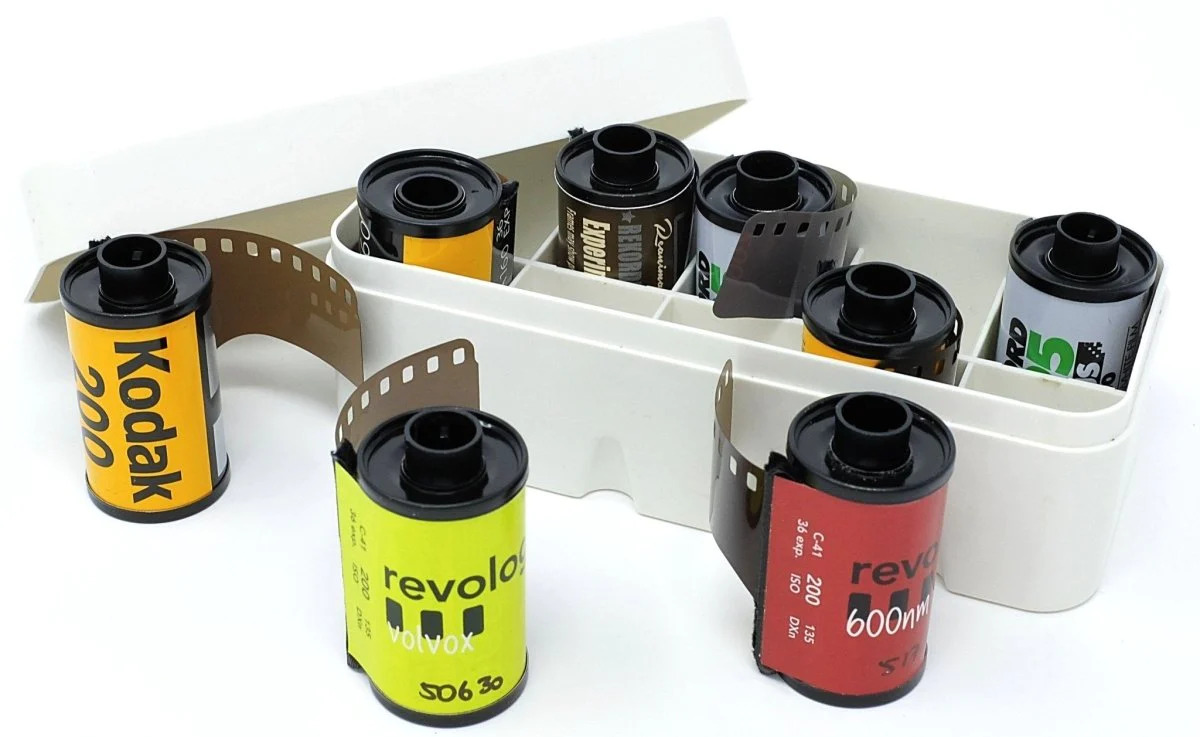
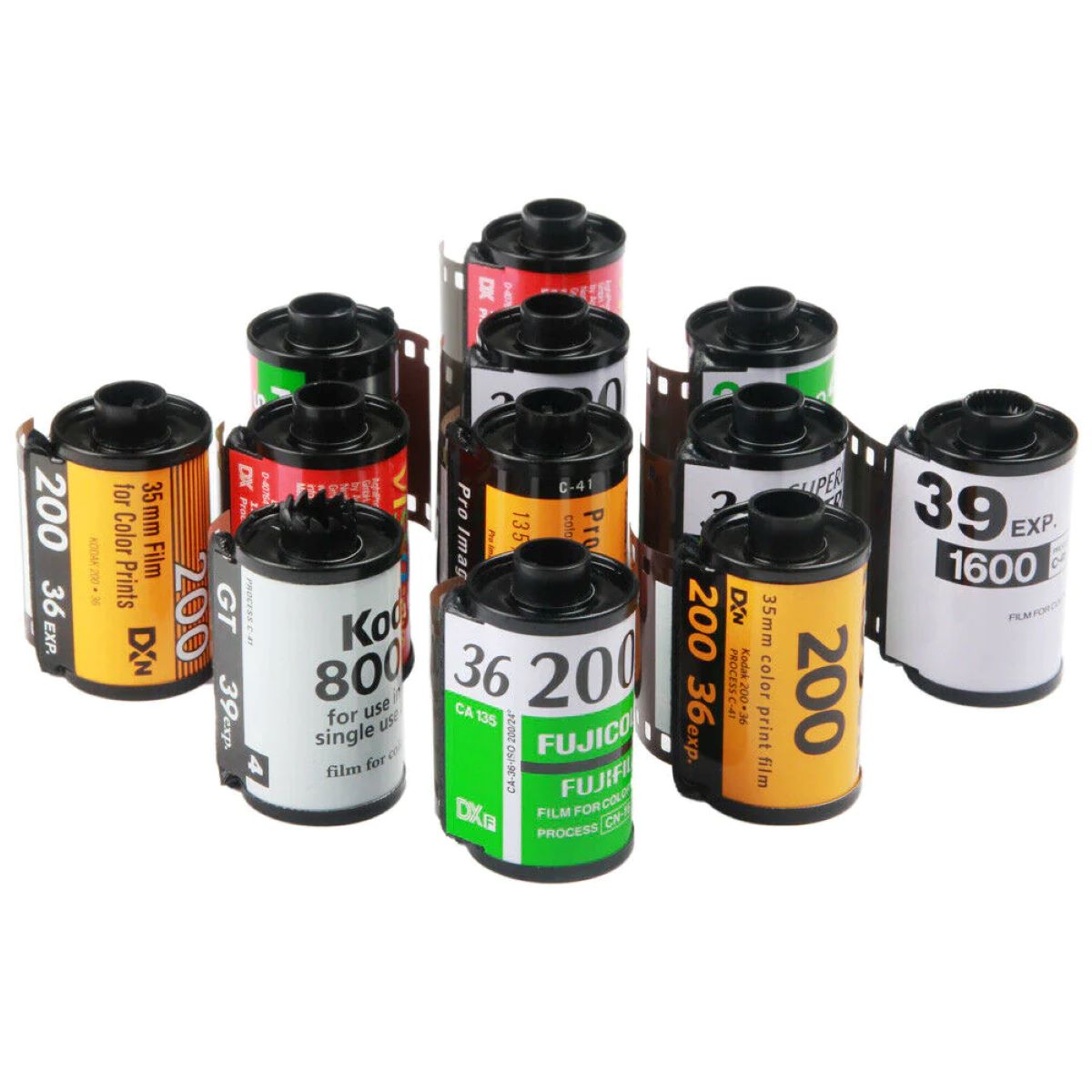


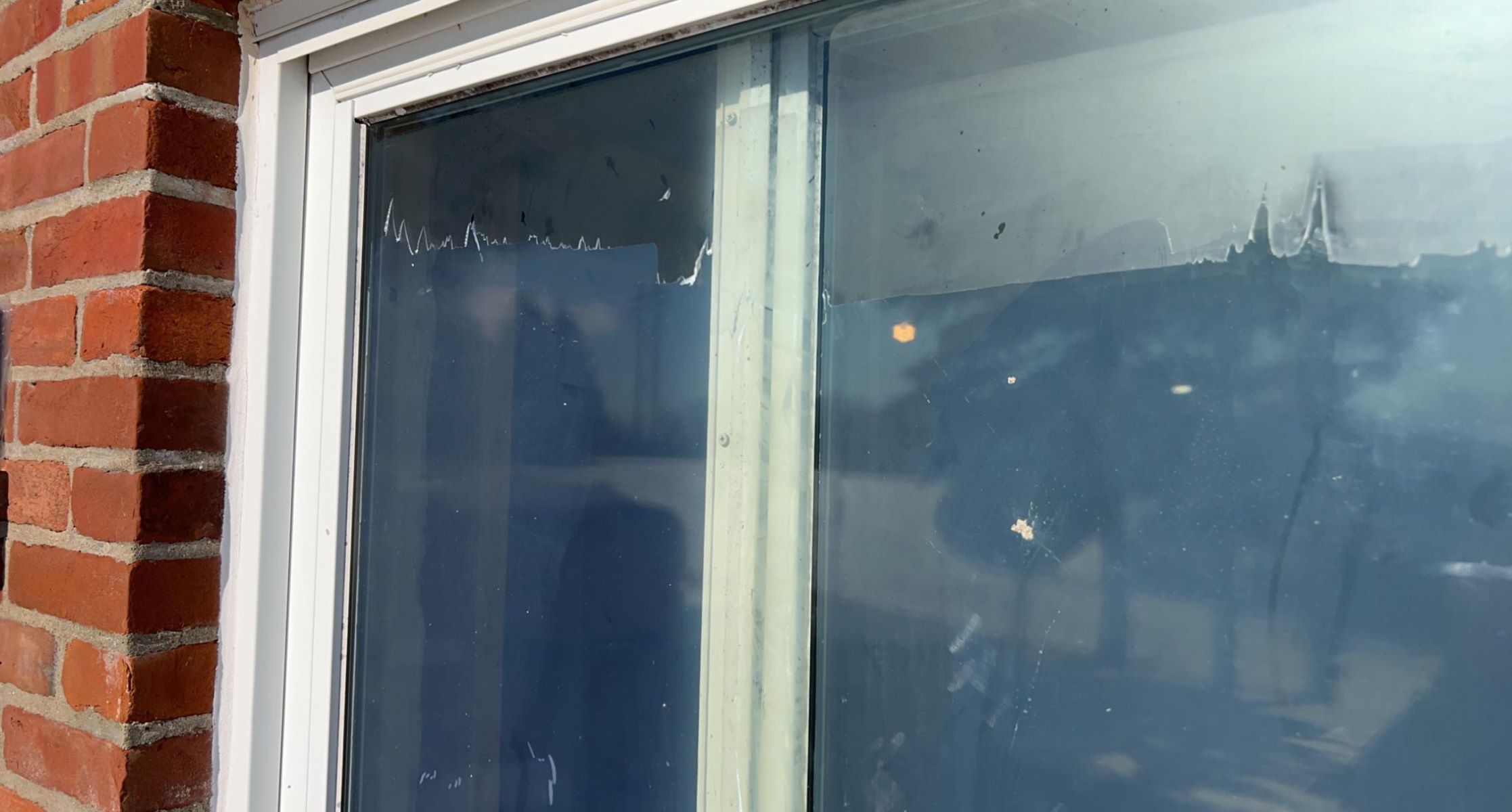
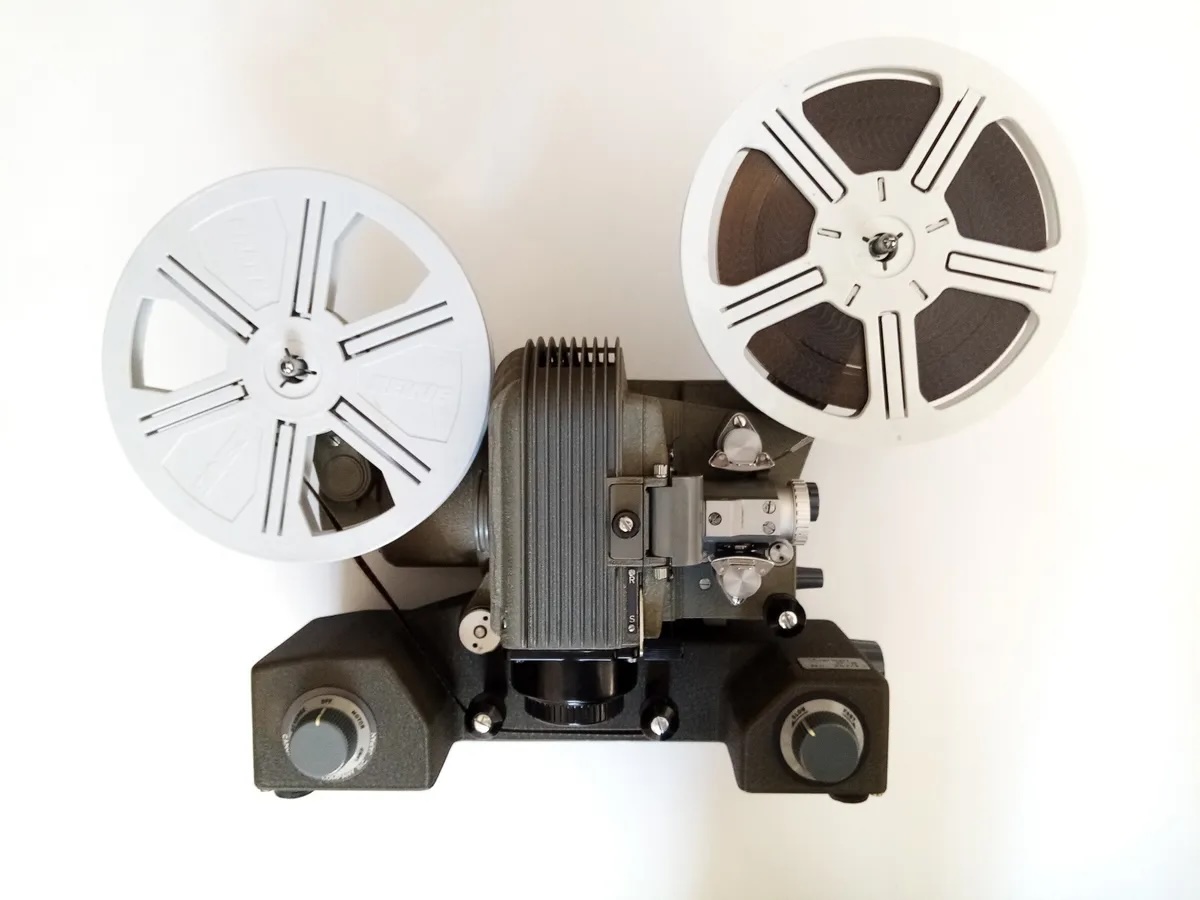


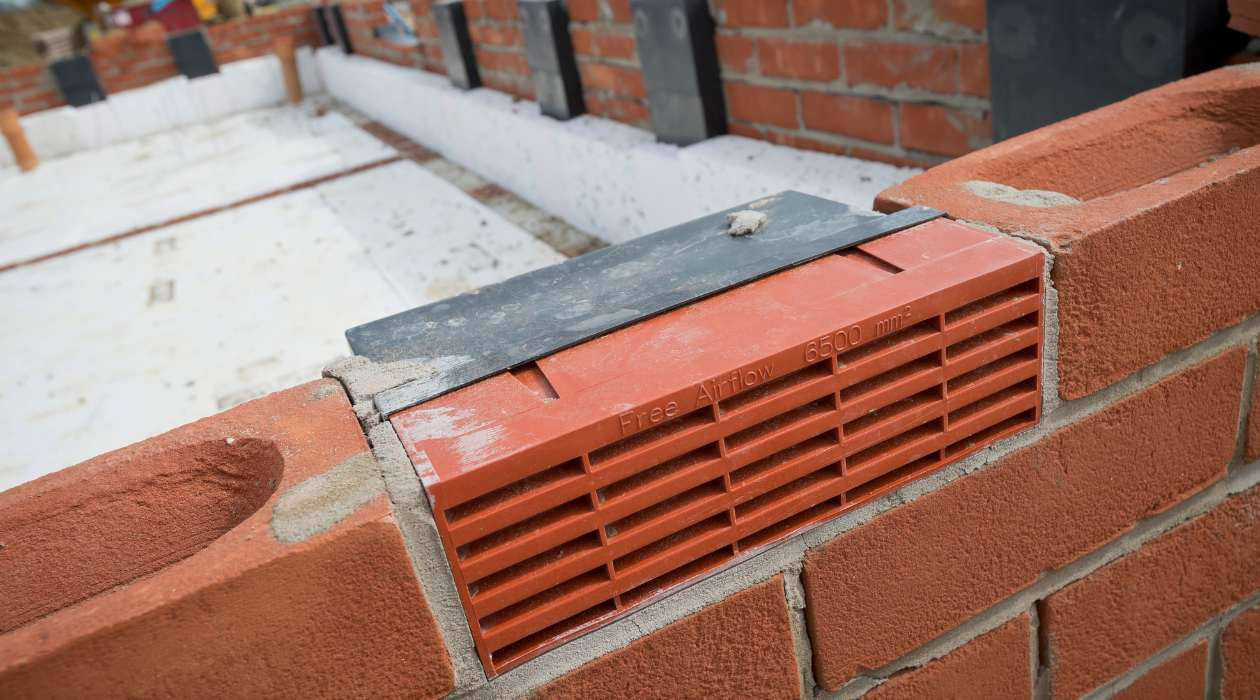

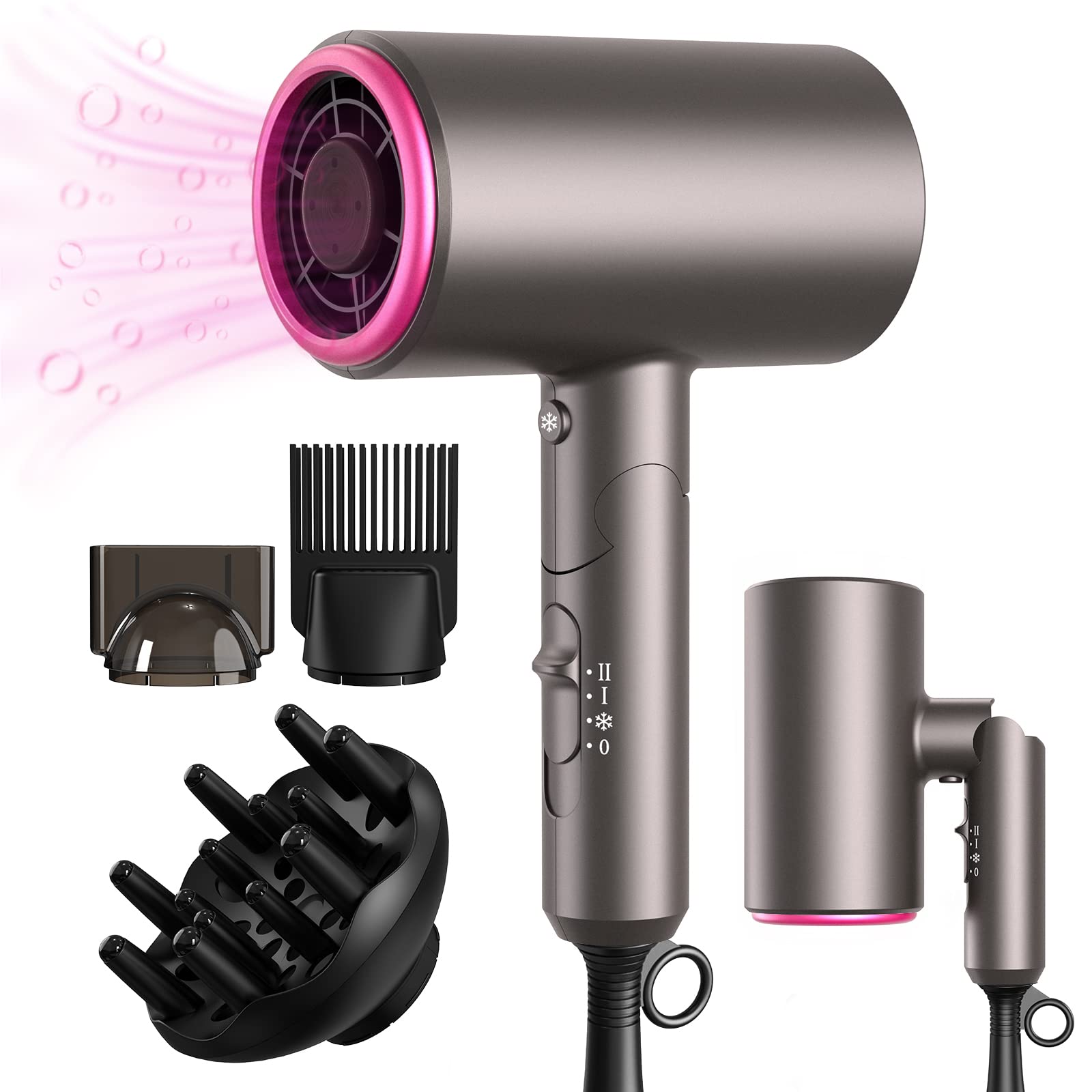

0 thoughts on “How To Store Film Negatives”